Separation anxiety is a common behavioral issue affecting both dogs and cats, causing distress when they are left alone. At Burlington Veterinary Center, we recognize the emotional strain this can place on pets and their owners. Understanding the causes, symptoms, and treatment options can help manage and reduce separation anxiety, leading to a happier, more confident pet.
What is Separation Anxiety in Pets?
Separation anxiety occurs when a pet experiences significant distress when left alone or separated from their primary caretakers. The symptoms can vary in intensity and may worsen if not addressed.
Common Signs of Separation Anxiety
- Dogs: Excessive barking, destructive chewing, pacing, digging, escape attempts, drooling, panting, trembling.
- Cats: Excessive meowing, urinating outside the litter box, excessive grooming leading to bald spots, clingy behavior before the owner leaves.
If untreated, separation anxiety can escalate into severe behavioral and medical issues, such as self-inflicted injuries or a weakened immune response.
Learn more about separation anxiety in pets from AAHA
Causes of Separation Anxiety in Pets
Understanding the root causes of separation anxiety is essential in creating an effective treatment plan.
- Psychological Factors: Some pets develop anxiety due to major life changes, such as a new home, new family members, or a change in the owner’s work schedule.
- Environmental Triggers: Pets who lack mental stimulation or are left alone for extended periods without interaction are more prone to anxiety.
- Past Trauma or Abandonment: Rescue pets or pets that have experienced neglect often develop heightened attachment issues.
Learn about addressing common pet behavior issues
Diagnosing Separation Anxiety
Diagnosing separation anxiety involves observing behaviors and ruling out medical causes. At Burlington Veterinary Center, we conduct:
- Comprehensive behavioral evaluations to assess the severity of anxiety.
- Medical examinations to rule out underlying conditions (such as urinary tract infections in cats urinating outside the litter box).
- Discussion of household changes to determine possible triggers.
Treatment Options for Separation Anxiety
Behavior Modification & Training
Gradual Desensitization
- Start by leaving your pet alone for short periods and gradually increasing the duration.
- Avoid dramatic departures or arrivals to reduce anticipatory anxiety.
Counter-Conditioning
- Associate being alone with positive experiences, such as giving a special treat or interactive toy before leaving.
- Use long-lasting treat-dispensing toys to keep pets engaged.
Crate Training (For Dogs)
- A properly introduced crate can provide a safe space for anxious dogs.
- Never use the crate as punishment—make it a positive retreat.
Increasing Independence
- Encourage pets to engage in independent play even when you’re home.
- Reward calm, relaxed behavior instead of reinforcing needy behaviors.
Home Management Strategies for Separation Anxiety
Create a Calming Environment
- Designate a safe space with comfortable bedding and familiar items.
- Use white noise machines or calming music to reduce external stimuli.
Exercise & Mental Stimulation
- Physical activity before leaving helps burn off excess energy and promotes relaxation.
- Provide puzzle feeders, snuffle mats, and treat-dispensing toys to engage their mind.
Use Calming Aids
- Pheromone diffusers (Adaptil for dogs, Feliway for cats)
- Weighted anxiety wraps or Thundershirts
- Calming supplements with L-theanine or melatonin
For severe cases, veterinary-prescribed medications such as SSRIs or TCAs may be recommended.
Training Strategies to Reduce Anxiety
The “Alone Time” Training Method
- Step 1: Encourage your pet to stay in another room while you are home, increasing time apart gradually.
- Step 2: Use verbal cues like “I’ll be back” before leaving, and reward calm behavior upon return.
- Step 3: Slowly increase the amount of time your pet spends alone while keeping anxiety triggers minimal.
Departure & Arrival Routine Adjustment
- Avoid dramatic goodbyes and reunions. Keep departures and returns low-key.
- Wait for calm behavior before giving attention when you return.
Food & Toy Association Training
- Leave special treats or toys that are only available when you leave.
- Rotate high-value toys to keep novelty and interest
Learn how a Fear-Free Certified Veterinary Clinic can help reduce anxiety
Preventing Separation Anxiety in Puppies & Kittens
Early training and routine development prevent anxiety-related behaviors later in life.
- Start leaving your pet alone for short intervals from an early age.
- Encourage independence by teaching them to self-soothe with toys.
- Expose them to various experiences and people to build confidence.
When to Seek Professional Help
If your pet’s anxiety worsens or leads to destructive behavior, seeking veterinary or professional training intervention is necessary.
Signs Your Pet Needs Veterinary Attention:
- Persistent destructive behaviors
- Self-inflicted injuries
- Extreme distress (excessive drooling, vomiting, urinating indoors)
Contact Burlington Veterinary Center for a consultation
Additional Resources
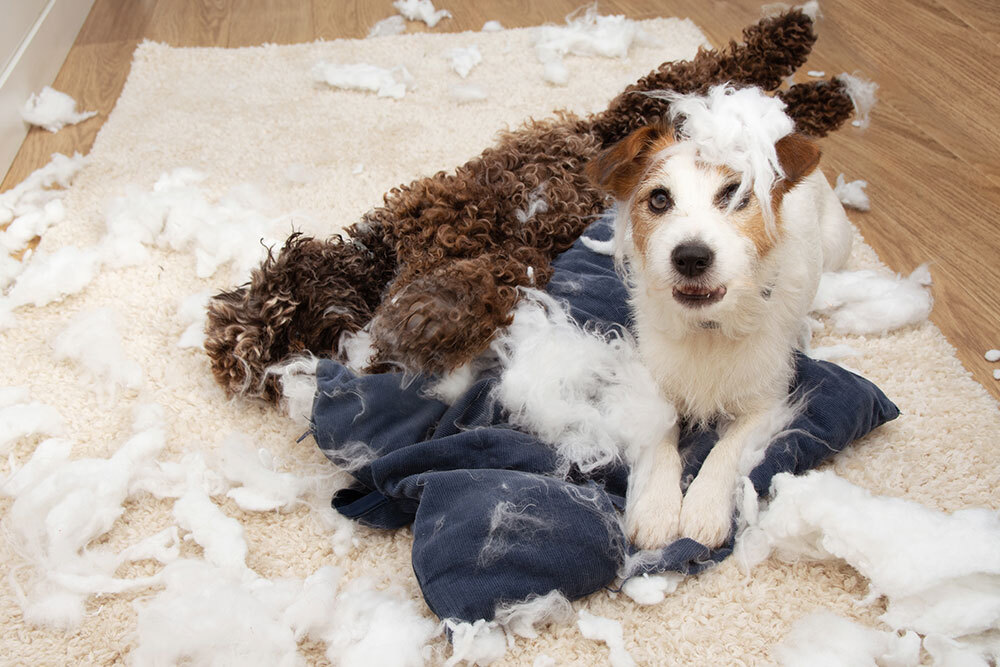
FAQs on Pet Separation Anxiety
What is the first step if I suspect my pet has separation anxiety?
Schedule a consultation with a veterinarian for a behavioral assessment and treatment plan.
Can separation anxiety be completely cured?
Some pets overcome anxiety with training, while others require long-term management strategies.
Are there natural remedies for managing separation anxiety?
Yes, pheromone diffusers, calming wraps, and behavior modification techniques can significantly help.
Separation anxiety is manageable with patience, consistency, and veterinary guidance. If your pet is struggling, our team at Burlington Veterinary Center is here to help.


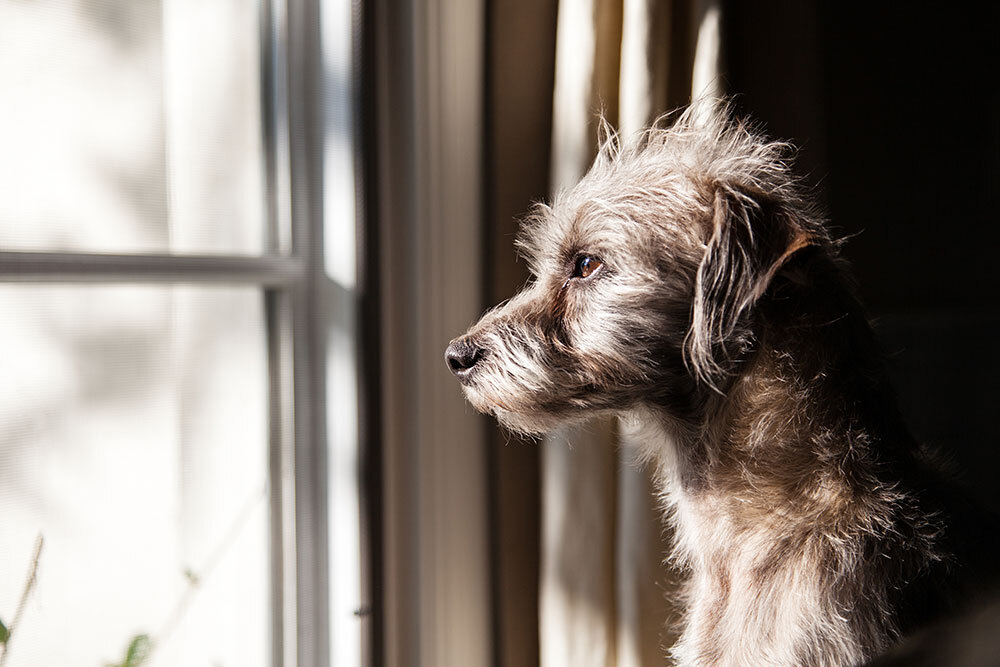
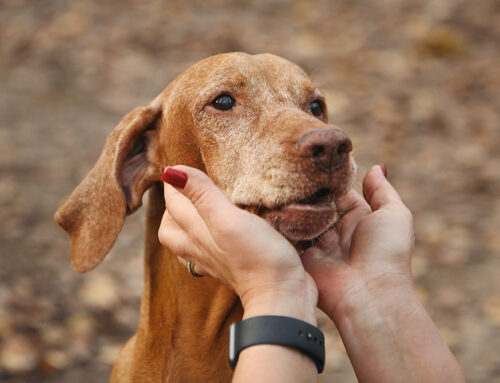
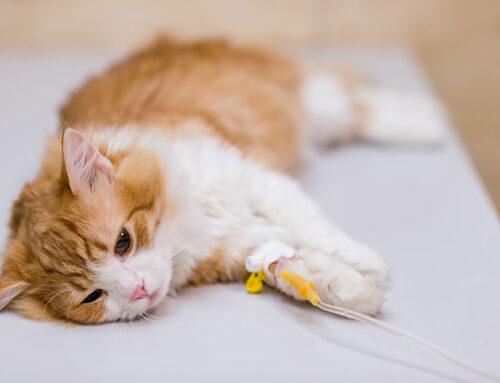
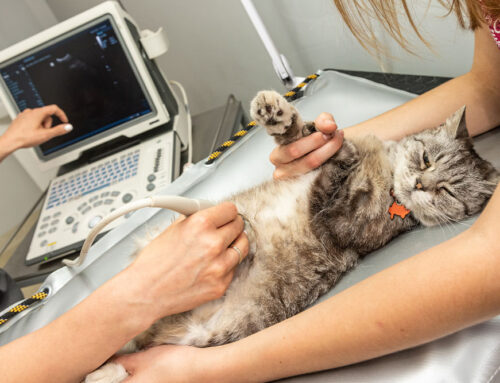
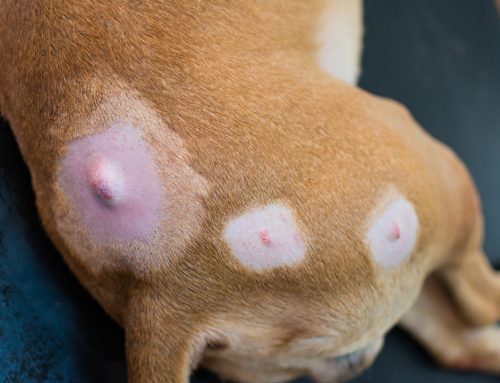
Leave A Comment